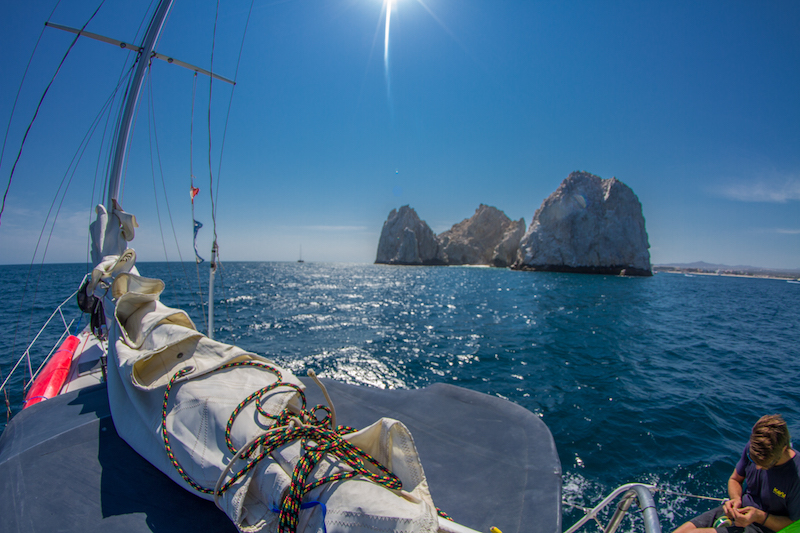 The front porch of the Wizard's Eye has one hell of a view. Tyler Bradt photo.
The front porch of the Wizard's Eye has one hell of a view. Tyler Bradt photo.
Tyler Bradt is no stranger to going big.
A professional kayaker, Bradt was just 15 years old when he was featured in TGR’s kayak films Nurpu (2001) and Valhalla (2002). In 2007, Tyler and his friend Seth Warren traveled from the tip of Alaska to the bottom of South America without using a drop of gasoline in a bio-fuel converted Japanese firetruck, exploring rivers and educating communities along the way. After setting a world record for successfully running the 186-foot Palouse Falls in his kayak, Tyler was part of an elite crew that tackled a first descent down the deadly Inga Rapids in the heart of the Congo. Realizing the world is his playground, Tyler’s most recent mission was his biggest one yet—a multi-year sailing trip around the world while staging epic expeditions from his floating basecamp, the Wizard’s Eye. This 45-foot long, steel hulled basecamp may weigh 20 tons, but once she sets sail on the high seas, she is as nimble as she is sturdy, and always eager to deliver the crew to their next adventure.
TGR: What sparked the idea to sail around the world?
Tyler Bradt: I was sailing around Mexico with a friend on a 35-foot boat, going from one surf break to the next, and I saw a vision that a sailboat would be the perfect staging point and basecamp for expeditions all around the world. I saw sailing as a way to travel from one place to the next, bringing everything with you, and staging any sport out of the sailboat.
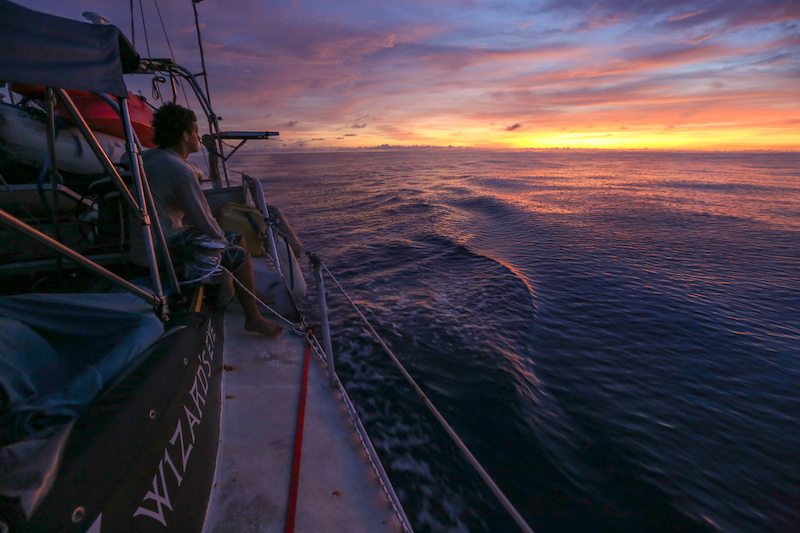 #Vanlife is cool and all, but it doesn't hold a candle to #boatlife. Tyler Bradt photo.
#Vanlife is cool and all, but it doesn't hold a candle to #boatlife. Tyler Bradt photo.
TGR: Where did you get the boat?
TB: We found the Wizard’s Eye at an old marina in La Paz, Mexico.
We were down in Baja on a boat hunt man! We visited 12 to 15 marinas and boat yards and just weren’t finding the right one. We were on a budget, I had to find a boat for under $40,000, which is like trying to find a car for under $2,000. They are out there, but its hard to find one that will work. Eventually, we found a boat yard and when the guy showed me the Wizard’s Eye and I walked up and saw it, I knew she was the boat. She was not finished, super dusty and rundown, but I knew she was the one. She has a steel hull and is a super sturdy, big water boat. It’s got this amazing shape—it’s narrow, it just looks like a fast boat, the deck is shaped like a creek boat, and with my background in kayaking I really liked that. That was the moment when I knew we would be going around the world together.
TGR: What kind of modifications did you make to the Wizard’s Eye once she was yours?
TB: We redid the entire boat—all the electronic systems, we replaced all the rigging and sails, and installed an auto-pilot. We outfitted the interior of the boat to have more bunks in it and increased storage space. We installed four dry boxes up on the deck for rigging and additional gear to make it the ultimate expedition vessel. A lot of these modifications were a work in progress—we were halfway around the world before we got the auto-pilot working, and we got the rigging I really wanted in South Africa probably 2/3 of the way through the trip.
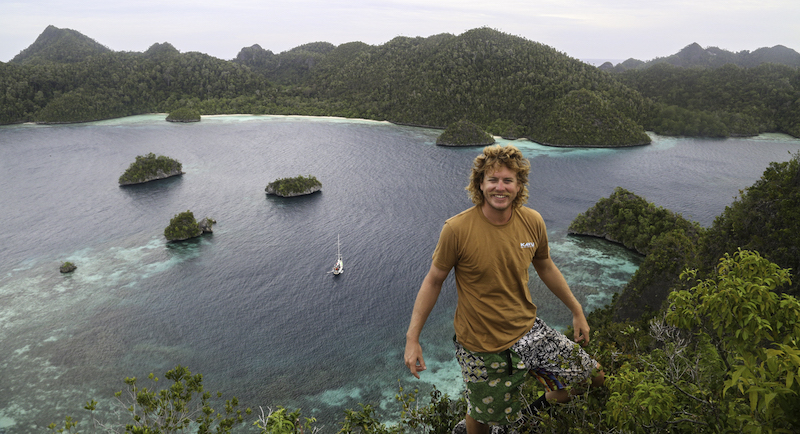 No need to worry about the neighbors when you're pulling up to port in the remote South Pacific. Tyler Bradt photo.
No need to worry about the neighbors when you're pulling up to port in the remote South Pacific. Tyler Bradt photo.
TGR: Were there any custom features or luxuries on the Wizard’s Eye not found on other boats?
TB: The one cool thing about the Wizard’s Eye, is it didn’t have a bathroom. To use the “bathroom”, you would crawl around the back of the boat, and just hang off the back deck and do your business back there. It’s a liberating, invigorating feeling. More than anything, the Wizard’s Eye was fairly void of luxuries, but what you realize out there is that simplicity is the ultimate luxury and just being able to get out there and live a simple life is a luxury in its own.
TGR: What did you like most about traveling the world via sailboat?
TB: The beauty of a sailboat is you are making all your own water from the sea, the sun powers all your electronics, you have all your food onboard, plus you are getting food from the ocean if you catch fish along the way.
 Bradt knows the only proper way to celebrate a good wave is to lay claim. Tyler Bradt photo.
Bradt knows the only proper way to celebrate a good wave is to lay claim. Tyler Bradt photo.
In my mind, this is the ultimate self-sufficient basecamp. It’s just a rad, free form of travel. You can literally pull on the ropes and go anywhere in the world and there is no one out there telling you what to do. You are certainly not taking off your shoes and walking through security. It’s a beautiful, unregulated form of travel, you just go from one place to the next and have a rad time.
TGR: What’s the biggest challenge of living on a boat?
TB: Every little chore or day-to-day activity is a lot more difficult. Cooking a simple meal or doing the dishes becomes an adventure. Combating sickness in a rolling boat with everything shifting around is tough. Aside from that, it’s just maintaining the boat. Saltwater is not a very good environment for mechanical equipment and electronics.
TGR: What kind of toys did you bring?
TB: We had diving equipment, freediving equipment, spearfishing and fishing gear, kite boards, surf boards, SUP boards, kayaks and sea kayaks on the boat. We had paragliders, speed wings, BASE rigs, and climbing gear. We could show up and do anything.
TGR: What were some of your standout adventures?
TB: There were really a lot, but a standout adventure for me was a first descent kayaking down the headwaters of the Sepik River in the interior of Papua New Guinea.
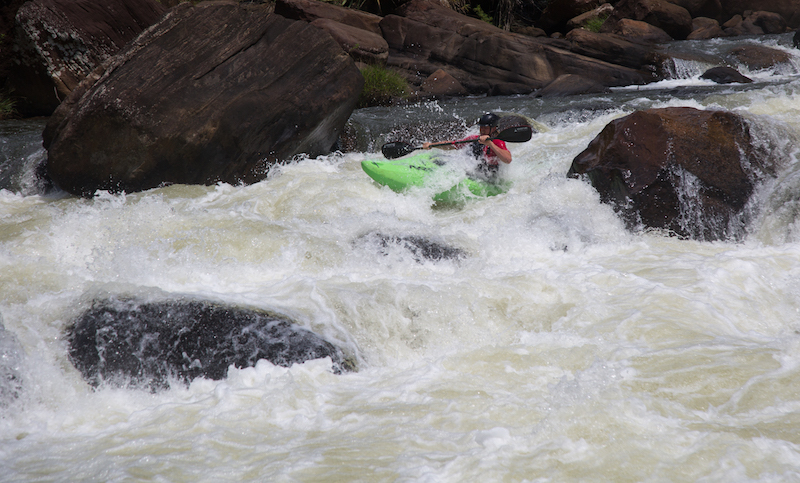 Whether kayaking or surfing, Bradt stays charging. Tyler Bradt photo.
Whether kayaking or surfing, Bradt stays charging. Tyler Bradt photo.
We also did a 1,000-kilometer first descent of the Caquetá River in Columbia. That’s the headwaters of the Amazon. That was really gnarly and one of the sicker, crazier river expeditions I’ve ever done. We had most of the waves in Indonesia all to ourselves. We surfed at Macaronis for two weeks and saw a handful of other people the whole time. We opened up the first BASE jump in the South Pacific. What else? Everywhere was a rad adventure man.
TGR: How did the Wizard’s Eye hold up on the open seas?
TB: The Wizard’s Eye is a very seaworthy boat. If there was any deficiency with that boat, it was her captain (laughs). I can attribute the success of the entire mission to the Wizard’s Eye herself.
TGR: Did you encounter any big storms in the middle of the ocean?
TB: Yeah, for sure man.
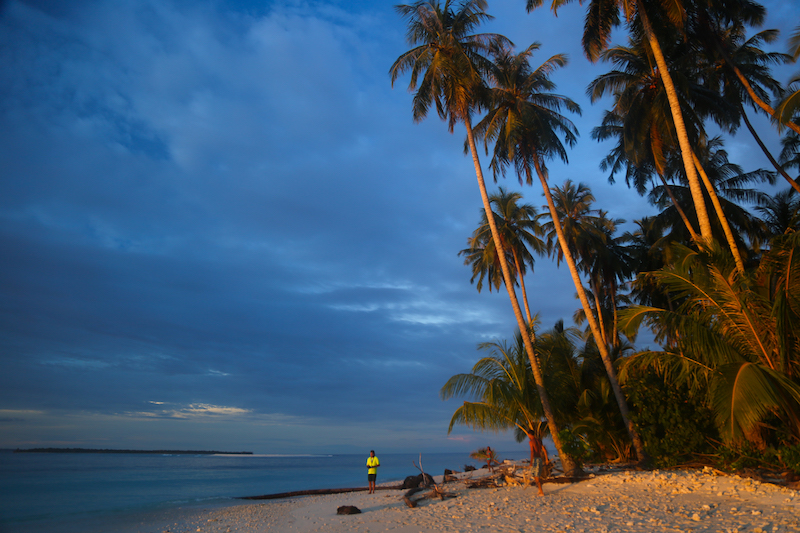 Again, not a bad front yard. Tyler Bradt photo.
Again, not a bad front yard. Tyler Bradt photo.
We had some days with 50-60+ knot winds a few different times. There were times with some really rough seas, but we never encountered a hurricane, cyclone or typhoon as we were pretty careful about the seasons we sailed in. You certainly don’t go around the world without experiencing your fair share of weather.
TGR: Were you ever in fear for your safety or did you know you could ride it out?
TB: I wasn’t as in fear for my safety as I was for the boat and the crew. The trippy thing about being the captain of a boat is you’re no longer responsible for just yourself, you’ve got your whole crew to look after so it was a responsibility I did not take lightly.
TGR: How many people does the Wizard’s Eye sleep?
TB: There are five bunks on the Wizard’s Eye, so it can sleep up to five, but if there’s ladies around it can sleep a lot more.
TGR: Tell me about your itinerary. Where did the Wizard’s Eye take you?
TB: Starting in Baja, we crossed the Pacific to the Marquesas Islands, sailed through the South Pacific to the Society Islands, through American Samoa and down to Fiji. From Fiji we went to the Salomon Islands over to Papua New Guinea and into Indonesia. Through Indonesia to Sri Lanka, down to the Seychelles, Madagascar, around the tip of South Africa, where we crossed the Atlantic over to northern Brazil. From Brazil we went up the coast to Columbia, through the Panama Canal, up the coast of Central America and back to Mexico where we began.
TGR: How many miles was this journey?
TB: We sailed about 46,000 nautical miles and we averaged about 4 or 5 miles per hour. You can do the math, it was a long time.
TGR: So, how many days were you at sea, and how many days were you on adventures and expeditions?
TB: We were at sea for about 500 days and on expeditions for about 100 days.
TGR: What was it like pulling into land, knowing a new adventure was about to begin?
TB: Getting to land after a big ocean crossing is the most joyous experience you could possibly imagine. We were excited for adventures, but more than anything you are excited to walk more than 40 feet in one direction.
 Occasional upkeep may be required when spending 500 days at sea. Tyler Bradt photo.
Occasional upkeep may be required when spending 500 days at sea. Tyler Bradt photo.
The smell of land, the feeling of fresh water, an ice-cold beer–that’s what I would really look forward to after an ocean crossing. All your senses are so heightened, you could literally feel the whole energy of the place, the touches, the feels, the smells, everything is so vibrant and accentuated. It’s a rad feeling, and then there is a whole place to explore, a rad vibe with all the locals who appreciated the fact that we came in through the back door and got there over the ocean.
TGR: So, what’s next?
TB: We’re working on this film, we have Camp4 Collective doing a film on the Wizard’s Eye. Kavu threw down big time to get the film happening, and really do it right and get the right people behind it. They didn’t want me to make another home movie dude. (laughs)




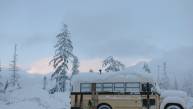

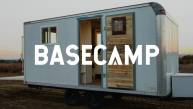


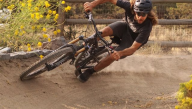

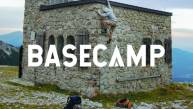
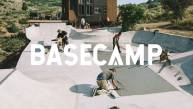
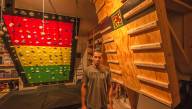


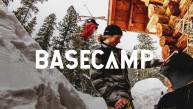
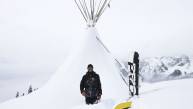
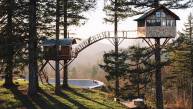
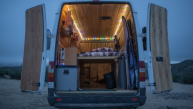
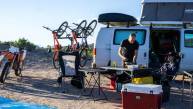
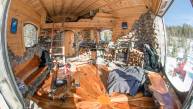
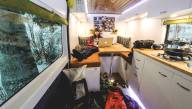
AGuesser
May 7th, 2018
“First descent of the Caquetá River in Columbia.” Are you serious? How colonial can you be, rolling into town and self appointing yourself “1st Man” everywhere you go. Grow up.
Gabe Schroder
May 7th, 2018
Thanks for your insight. Who was the first to kayak the Caqueata?
robinjack
June 30th, 2018
Much obliged to you for exceptionally usefull data.. a viable happy friendship day wishes
robinjack
June 30th, 2018
I have bookmarked your website, the articles are route superior to anything other comparative web journals.. a debt of gratitude is in order for an awesome site! an article to flash file
robinjack
July 1st, 2018
Where have you ever found the resource meant for this article? Brilliant reading through I’ve subscribed for your site feed. raksha bandhan sms in hindi for brothers